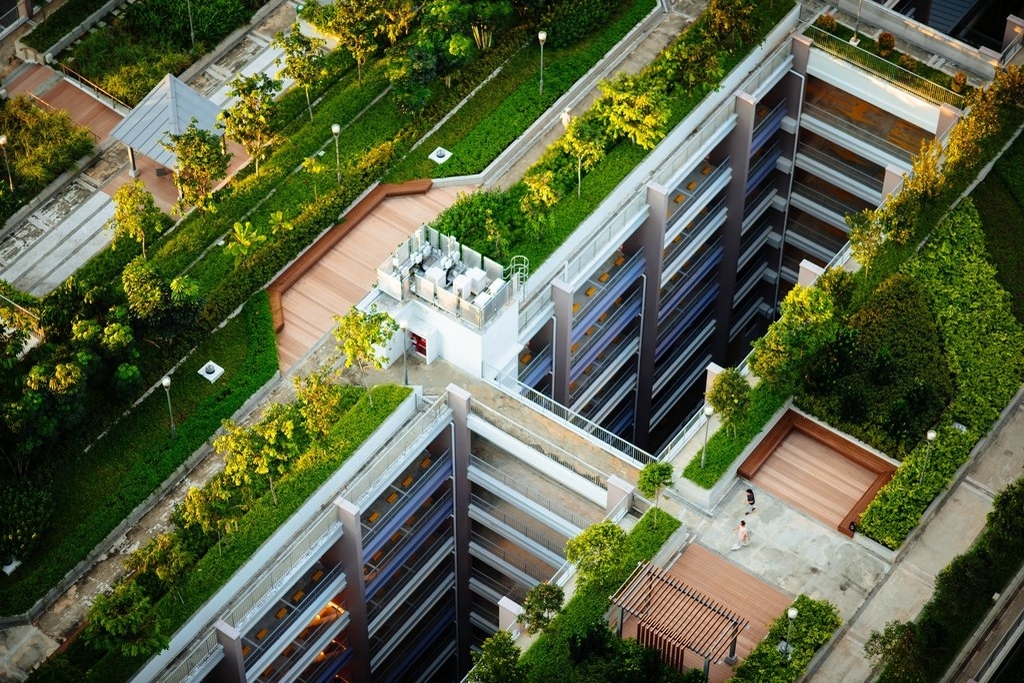The Definitive Guide for City Blooming
The Definitive Guide for City Blooming
Blog Article
The 4-Minute Rule for City Blooming
Table of ContentsCity Blooming Fundamentals ExplainedThe smart Trick of City Blooming That Nobody is Talking AboutSome Known Facts About City Blooming.The Ultimate Guide To City BloomingThe Of City Blooming
Interested in growing food for sale in the City of Chicago? Below is a list of often asked questions regarding the regulations and guidelines that cultivators must think about when preparing an urban agriculture project.
The zoning amendment does not modify any type of various other codes handling composting, building authorizations, purchasing or leasing City had residential or commercial property, organization licenses or environmental contamination. There are existing codes that regulate these problems and they stay in complete impact and might apply to your task. Community gardens are typically had or taken care of by public entities, civic companies or community-based organizations and kept by volunteers.
Urban ranches grow food that is meant to be sold, either on a not-for-profit or for-profit basis. Due to their business objective, urban farms call for a service license.
A Biased View of City Blooming
Composting is allowed however just for plant product that is produced and used on website. The amount of compost material can not go beyond 25 cubic backyards at any type of given time according to the criteria in 7-28-715 of the City's Municipal Code. Yes. Since the soil at the majority of brand-new garden websites requires amending, compost, dirt, wood chips, or various other materials can be acquired to construct or improve the growing space - balcony and patio garden design.

If a structure license is needed after that the hoophouse will certainly be thought about an accessory building. You can learn even more regarding the building license needs by contacting the Department of Buildings. The 25,000-square-foot size restriction is intended to stop a solitary area garden from controling a provided block or detracting from the block's existing property or commercial personality.
The limit does not use to gardens located in Public Open Area (POS) areas. Can there be even more than one community garden that is 25,000 square feet on a single block? Secure fencing is not needed, nevertheless, gardens that have large vehicle parking locations may be called for to install fencing or various other landscape design attributes.
Some Ideas on City Blooming You Need To Know
B1 & B2 districts call for that all commercial use activities be carried out inside your home. R districts limit industrial task. The policies reflect the objective and intent of the Zoning Code. Is fence needed for urban ranches? Yes. Fences may be required, along with landscape design and screening, for certain auto parking areas and outside work or storage locations relying on area and the details task occurring.
Yes. Urban farms call for structure permits and zoning approvals prior to building. Other kinds of city testimonial might be required depending on particular frameworks, activities, size, landscape design, licensing, public health and stormwater monitoring concerns. Much of these needs are identified in the task design or allowing process, nevertheless, the applicant may be responsible to separately recognize certain licenses or permits that might be required.
The Department of Service Matters and Customer Defense can aid figure out the specific type of organization permit that's called for. Off road parking is required for a lot of commercial jobs in Chicago. The needed number of car park spaces is based on the number of staff members functioning on website and not the square video of the growing room.
The 5-Minute Rule for City Blooming

Yes. An urban farm can offer garden compost material created on site, nonetheless, the procedure has to follow the guidelines in 7-28-715 of the Chicago Municipal Code. Yes. Aquaponic visit the website systems are permitted inside your home on city farms in several zoning districts. A zoning review and building license is required in order to mount frameworks or systems and a company license is called for as described over.
Up to five hives or swarms of honey may be maintained as an accessory use. Nevertheless, beekeepers must register with the Illinois Department of Agriculture. To learn more about the proposed zoning change you might speak to the Division of Real Estate and Economic Growth, Bureau of Preparation and Zoning at 312.744.8563.
Farming in cities and metropolitan locations A metropolitan ranch in Chicago. Urban agriculture describes numerous practices of growing. https://clean-gondola-5c7.notion.site/City-Gardening-Transforming-Urban-Spaces-7213d2fdc6c341e8bd8975e4c2f79126?pvs=4, processing, and dispersing food in metropolitan locations. The term additionally uses to the area tasks of animal husbandry, aquaculture, beekeeping, and horticulture in a city context. Urban farming is differentiated from peri-urban agriculture, which happens in rural areas at the side of suburban areas.
Some Known Facts About City Blooming.
, who seek to develop social networks established on a shared ethos of nature and area holism. These networks can develop by method of formal institutional support, coming to be incorporated into local community preparation as a "change community" motion for sustainable metropolitan development.
In either situation, the much more straight accessibility to fresh vegetable, fruit, and meat products that might be know with urban agriculture can improve food safety and food safety and security while reducing food miles, leading to reduced greenhouse gas exhausts, therefore contributing to climate modification reduction. A few of the first proof of city agriculture originates from Mesopotamia.
Report this page